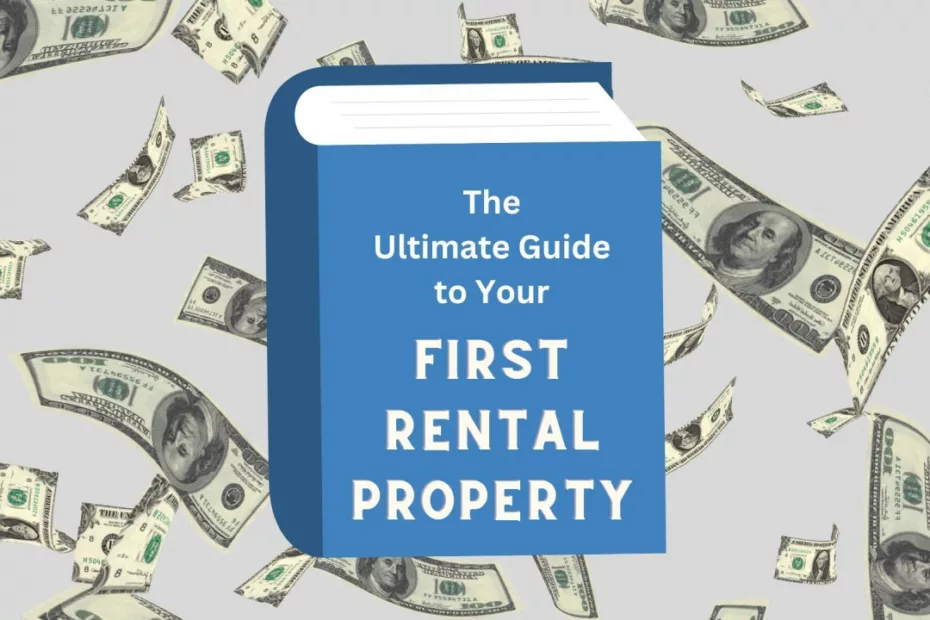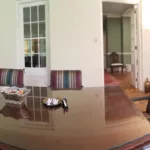I have been buying rental properties for over 15 years and now have over 70 single family homes. I bought my first rental property in 2007, and it was a debacle. In fact, I made big mistakes with my first three investment properties, and these mistakes stayed with me until I sold those properties in 2022. This is your opportunity to learn from my successes and failures.
This comprehensive guide is from an experienced real estate investor with an extensive portfolio of rental houses. I have years of experience making real estate investments in single-family homes. I am not a professional author, writing on a topic I’ve never participated in.
There are only seven steps to buying a rental property, but myriad nuances exist within each stage. I’ll explain each step in detail, and if you follow this guide, you will know exactly how to buy your first rental house. And remember the number 1 rule, never pay too much for a rental house, and that starts with understanding the numbers.
1. Understanding the Numbers
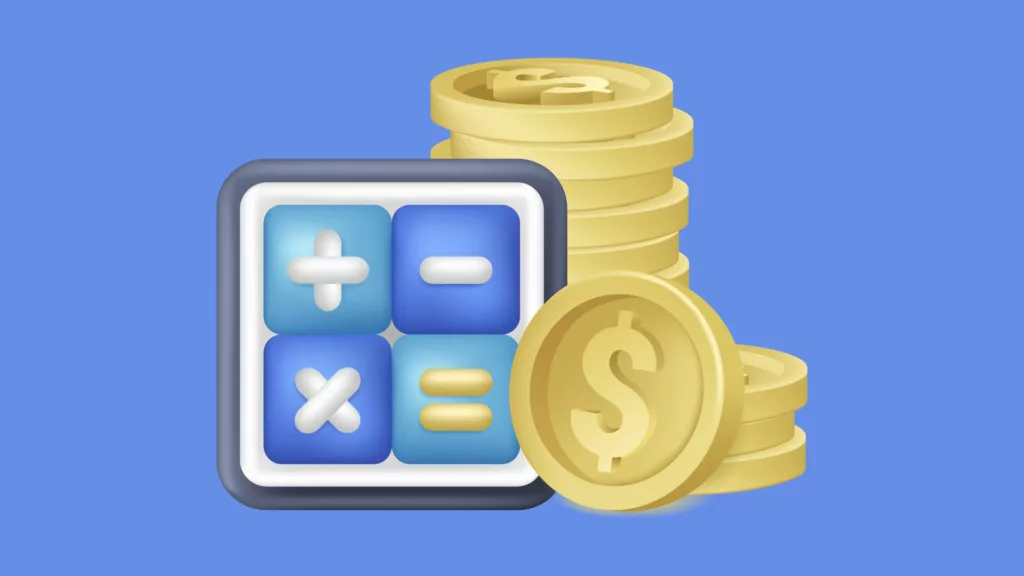
Before you begin your real estate investing career, you must understand the numbers. Numbers govern almost every aspect of the rental business. When learning how to buy rental property, you must start by understanding how the income is generated and what expenses to expect.
Rent
At this step, you don’t have a specific property in mind, so you don’t know what the rent will be. Just know that the rental market drives rental prices, and you can’t arbitrarily raise rent to compensate for other problems. Once you’ve identified a property, follow my process to determine market rent.
Expenses
Expenses are likely to consume 40% of your rental income. That sounds high, but you will encounter many expenses besides the yearly property taxes and insurance.
Over time, you will need to replace expensive items such as a roof or HVAC system, and eventually, you’ll need to replace the pipes that run to the water system. If you have a well and septic tank, there will be even more long terms expenses.
My 15 years of accounting reports and academic studies show that expenses will be about 40% of your rental income. Stick to this 40% rule; consider it a bonus if you can improve that.
Cash Flow
Cash flow is the amount of cash transferred into and out of the business. The cash-in minus cash-out must be a positive number. You are not generating passive income when this cash flow number is not positive. This causes you to inject outside money into the business, which will often cause hardships.
Cash flow and profit are not the same; it is possible to have a negative cash flow and a large net profit. In the short term, having positive cash flow is much more important than having a positive net profit. Most problems are less severe when you have extra money, and tiny issues are amplified when you are broke.
How Much Should I Pay
The most common reason new rental property owners fail is paying too much for a rental house. First, never pay more than the fair property value. Second, forget the 1% rule; it doesn’t generate positive cash flow.
You must spend less than 50 times the month’s rent to purchase the property and make repairs. This 50 times rent rule will be controversial, but it’s used by all the successful real estate investors I know. It is tough to find these properties, but I have proved that it’s possible over the long term.
Once you understand these rental property metrics, it’s time to start looking for investment properties. You are now ready to begin mastering the art of buying rental property. You must treat this as a business and avoid making emotional decisions about the houses you buy. The numbers must work, and you must never pay too much for a rental house. With this in mind, it’s time to begin identifying target properties.
2. Identifying Target Properties

Target properties are potential candidates for your rental houses, and Identifying these properties is often the most challenging aspect of buying a rental house. Having several properties lined up is good practice because most offers are never accepted.
You never want to get desperate and overpay for an investment property, and it’s easier to avoid this if you have several lined up. That being said, you don’t want to wait until you have several properties to move forward. Instead, you should proceed as soon as you find a potential property but don’t stop looking for other targets.
Getting a Good Deal
In essence, you are looking for a good deal on a property. Buying a property at market value and relying on appreciation is speculative, and we want to reduce risk and avoid the unknown. A good deal allows you to purchase and renovate the house for an amount far below the home’s value in the local market. In my experience, only two types of houses will be sold below market value.
- A house that no one else knows is for sale: This is a house that is not listed on the MLS. No agent will be involved, and no one is marketing the home to other buyers.
- A house no one wants: This is a house with some problem that scares away other buyers. You can fix this problem if you get the house for the right price.
You can find properties listed in the MLS from a local agent. These widely marketed properties will likely never sell at a price that works for you, but it does happen sometimes. About 25% of my properties have come from the MLS, but I have had to submit many rejected offers to get the few I have.
All the properties I purchased from the MLS fall into category two above, a house no one wants. Usually, they need extensive repairs and wouldn’t qualify for a conventional mortgage. A few of these had title problems that I was able to fix with the help of an experienced real estate attorney.
Most houses I have purchased were found with non-traditional means and fell into category one above. I have sent out postcards to owners of vacant and neglected homes, set up a website for people searching for ways to sell their problem property, and I generally get the word out that I am looking for these problem properties. The most lucrative deals come from houses that fit both of the above categories. That is, it’s not widely exposed to the real estate market and has problems that would reduce the potential buyer pool.
Thoughts on the Asking Price
As you learn how to buy rental property, keep in mind that the asking price is the price the seller is asking. It’s rarely the price the house sells for. Many in-demand properties sell above the asking price, while the vast majority of problem houses sell below the asking price. In most cases, the asking price of a property will not meet your criteria, but that doesn’t mean it will be the final sales price. Determining when a property is likely to sell far below the asking price is a skill you must cultivate.
The most challenging part of rental real estate investing is finding properties. That is beyond the scope of this guide, but other resources on this site will help with that. The main takeaway from this step is that you should strive to identify as many properties as possible. Once you have a target property in mind, you need to have a sense of urgency; quickly inspect your property.
3. Inspect Your Property
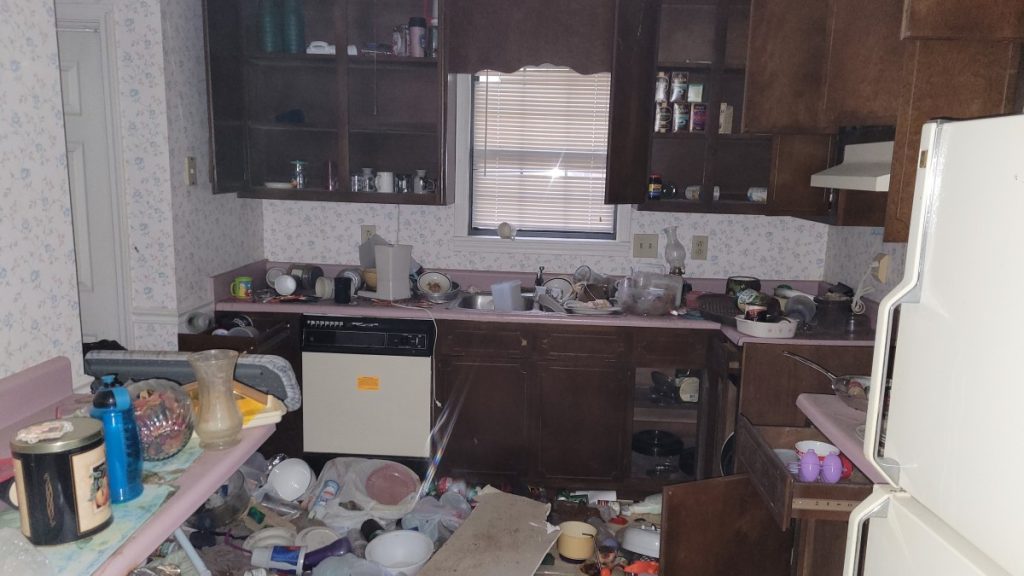
As soon as you identify a target property, you want to see it as quickly as possible. I must stress how important time is at this stage. You must see the property and move forward before other buyers enter the fray. You don’t want to get into a bidding war on the property, so you should lock it down with a contract as soon as you know it’s one you want to pursue.
Initial Walkthrough
When you inspect the house, you aim to gauge the approximate cost of any needed renovations. In some cases, no upgrades will be necessary, but most places that will make good rental properties will need some repairs. At this pre-offer stage, you are looking for an approximate repair cost and must account for the big items. You are not making a punch list for a contractor to work from.
While inspecting the property, walk outside the house looking for big problems, such as a missing HVAC unit or the fact that the roof needs to be replaced. Inside the house, determine if the flooring will need to be replaced and if you need to paint the entire house. You do not need to note small items like leaky faucets. For more information on inspecting the property, check out my comprehensive guide on making a repair estimate for a rental property.
In your quest to buy your first rental property, you will look at many candidates and get no further than the inspection stage. The few properties that get further will rarely make it to the closing table. To find the right house, you must look at many properties and make many offers. Therefore, you don’t want to spend much time on each property. You need a quick repair cost estimate to move to the next step, making your offer.
4. Making your Offer

You have seen the property, know what the repairs will cost, and thoroughly understand the numbers. Your journey of learning how to buy rental property is about to take a turn. Now it’s time for you to make an offer.
This stage is often the scariest for first-time buyers because it’s when you first see the deal in writing. But don’t worry about it yet, because this initial offer will not be accepted, and you will have a chance to refine it.
Determining Your Maximum Offer
You’ve found the right property, and now you must determine the maximum you will pay for the property. Remember, this is the amount you will pay to purchase the property, not the total amount you will have invested after renovations. Take the amount you are willing to invest, which you should know from section one, and then subtract the cost of repairs, which you discovered in section 3. This is the maximum purchase price you will pay for the rental house. (Never pay too much for a rental house. I can’t say that enough).
Before you make your offer, you must understand why the seller is selling the property. In most cases, the seller needs a compelling reason to sell you a house below the housing market value. Once you know this reason, you can craft an offer addressing the specific situation.
How much should you offer on your first rental property?
That’s easy. You should offer 65% of your maximum purchase price. This leaves you plenty of room for the eventual negotiation. According to negotiation expert Chris Voss, this 65% number has a psychological advantage, so stick to it.
This initial offer will contain any caveats for sale, but I recommend not having any caveats when making an offer for a rental house. Your goal is to buy below market value, so you want to make the transaction as simple and hassle-free as possible. When purchasing your first rental property, it’s a good idea to have a 14-day due diligence clause and use that time for a professional home inspection. This inspection is valuable while you are learning the business.
If the seller rejects your offer or makes a counteroffer higher than your maximum purchase price, you should increase your offer to 85% of your maximum number. If this new offer is rejected, your tactic will vary based on the situation. If it’s a quick face-to-face negotiating, try offering 95% of your maximum and finally offer the full maximum purchase price. However, if it’s a slower back-and-forth with an agent involved, it’s best to skip the 95% offer and go directly to your full maximum purchase price. If the seller gives you a counteroffer below your maximum purchase, you should be ready to accept it.
Deal with Highest and Best
If you run into a situation with multiple buyers competing for the same property, it is unlikely that you will get a price that works for a rental house. The seller will often ask for the highest and best offer from all the potential buyers. When this happens, I usually step out of the completion because I never want to pay the highest. However, you could submit an offer of your maximum purchase price and see what happens.
In most cases, you will not have an offer accepted that works for you. Do not let this deter you, and continue to identify target properties, do your inspection, and make offers. The more offers you make, the greater the chance of having one accepted. Once you get an offer accepted, it’s time to schedule the closing, arrange your financing, and start your due diligence.
5. Due Diligence
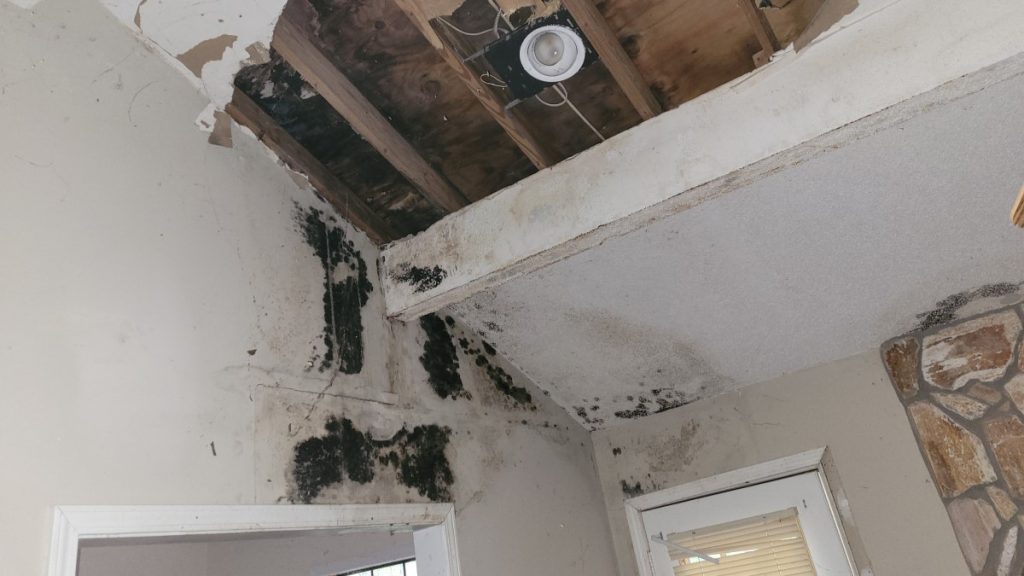
When you reach this step, you will have a contract to buy the property. You have overcome the most significant hurdles; now is your last chance to check out the property. This crucial step of learning how to buy rental property is called the due diligence phase. In this step, you aim to verify any verbal claims and do a more detailed inspection. The due diligence period has a definite end date specified in the contract. Therefore you should start this process as soon as you sign the contract. Along with starting this step, you should begin the subsequent two phases: arranging your financing and scheduling the closing.
If the house didn’t have utilities connected during your initial inspection, now is the time to connect them. You should hire a professional home inspection company to examine the property thoroughly. This will result in a detailed report containing all the known issues with the house. Many items on the inspection report will be trivial, but they frequently find significant problems. I suggest you only concern yourself with major problems and allow trivial issues to pass.
In the due diligence phase, you should also ensure that the title does not have problems. In most cases, with residential real estate transactions, the seller must provide a clear title for the transaction to close. As a result, the title work does not need to be completed during the due diligence period, but it should be started. I will cover this in more detail in step 7.
You can terminate the contract if you find any issues during the due diligence phase. Alternatively, you can ask the seller to adjust the price to compensate for the problems you discover. The seller is not required to change the price, and the buyer is not obligated to accept a price adjustment. As the due diligence is being performed, you should contact your lender to arrange your financing.
6. Arrange Your Financing

Once you have signed the contract, you should start working with your lender on your loan. Understanding related banking is essential when learning how to buy rental property. This rental property loan is essential to the success of your long-term investment.
Mortgage
For your first rental, I recommend getting a conforming 30-year fixed mortgage. This type of loan has the lowest interest rates, and the extended amortization period will increase your cash flow. Remember that once you have ten mortgages, you will no longer be eligible for this financing.
If the property needs significant work, it is unlikely to qualify for a conforming mortgage. The solution is to get a construction loan to purchase and renovate the house and then refinance with the conforming mortgage when the work is completed. I have had the best results using small local banks for construction loans.
Construction Loan
These smaller banks seem to value your business more than a larger bank. For new investors, you will have more success with the construction loan if you are pre-approved for the conforming mortgage. The local bank making the construction loan is comforted by the knowledge that the loan has a definite end time and they will get their money back after the refinance.
The construction loan will usually require a down payment of 25% of the value of the project. In this case, the value is usually the lower of the appraised value or the actual purchase and renovation cost.
Generally, you will make this down payment at closing, and the bank will disburse the remainder of the purchase price from your loan. For the renovation costs, the bank will periodically inspect the progress and allow you to make draws on the loan as the work is completed. If you run over budget, you must cover those costs outside the loan.
After the renovation, you will refinance the property with a conforming mortgage, which pays off the construction loan. Many traditional mortgages have a seasoning period of six to twelve months, meaning you would have to wait that length of time after the purchase before you can refinance.
Some banks offer a combination construction-to-permanent mortgage with a single closing, avoiding the seasoning requirement. This approach simplifies the lending process on your rental property, but remember that the rules vary by lender.
Hard Money
This preceding approach assumes that you have an acceptable credit score. With poor credit, it is unlikely that you would qualify for a mortgage. In that case, the best way to fund the deal with with a hard-money loan.
When you have found the right property at the right price, a hard money loan is a great way to complete the deal—hard money lenders base decisions on the deal, not the borrower’s creditworthiness. For more information, check out my updated guide to using hard money.
Be sure to start the financing step as soon as you have a signed contract, as the time required for the loan approval is often 45-60 days. The most time-consuming part of the loan process is the appraisal, which a third-party service must perform. As you work the financing, you should also work with a real estate attorney or title company to handle closing on the property.
7. Close on the property
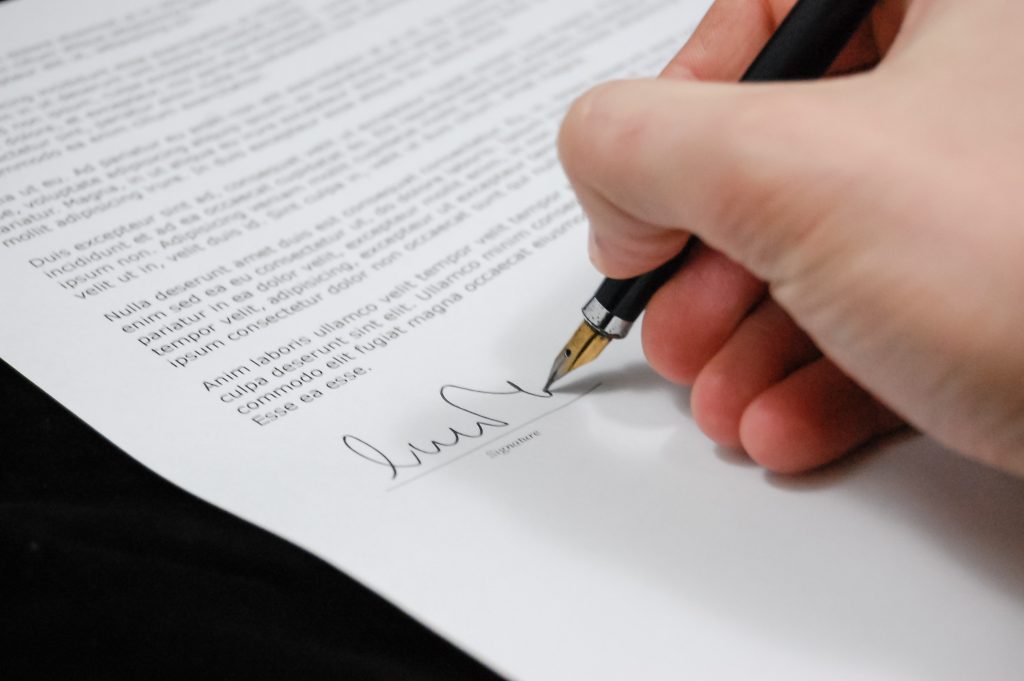
The closing is the final step, which consists of the loan being funded, the seller receiving payment, and the deed being updated to identify you as the owner. Some states require that an attorney perform the closing, while others will allow a title company to complete the closing. Whichever you use, the process is nearly identical, and I’ll explain it as though you are using an attorney.
The attorney will perform a title search to ensure ownership and determine if there are liens on the property. Any liens must be settled before the property can be sold. If the property has a mortgage, the mortgage holder will have a lien on the property, and that mortgage will be paid off as part of the closing. Sometimes undisclosed liens are discovered and must be resolved. Usually, these liens are settled by payment of a negotiated amount. On more than one occasion, I have seen existing liens that should have been removed but were now. In every case, the attorney was able to resolve the issue.
I recommend that you purchase title insurance at the closing. Title insurance will protect you if title problems are later found, such as an unpaid lien on the title before your purchase. You will rarely need to use the title insurance policy, but the price is minuscule, and it protects an expensive asset.
You wouldn’t want to pay for the property and never receive the title. The closing attorney will collect all the money from the buyer and lender and hold it in escrow. The attorney will transfer the title to the new buyer and release the funds from escrow. This ensures that the entire transaction either completes or fails.
Once this process is complete, you will own your first rental house. Now you know how to buy rental property and are a real estate investor. The next step is to repeat this process, getting another property while efficiently managing your current property.
Tips for the Experienced Investor
- Once you have experience, try offering on the house before you see it, with an offer low enough that it’s unlikely to be accepted. Once you get a counteroffer, then go see the house. Don’t do this while learning; seeing a house is an excellent learning tool.
- After you have purchased a few rentals and are confident about the process, skip the due diligence phase. Making an offer that doesn’t have a due diligence period will help you close more deals. It’s not risky once you know what to look for during your initial inspection.
- Offer to complete the transaction very fast, possibly under a week. You can’t do this when you need a loan, but this works if you have cash or a line of credit. Close fast, and then borrow against the house to recoup your funds.
Conclusion
I have explained everything you need to know about how to buy a rental property. This article has shown you how to identify target properties, quickly inspect the house, make an offer and negotiate a price, set up the financing, and close on your new property.
Once you take ownership, it’s your job to manage the property for maximum profit. Make sure you understand landlord-tenant laws, find reliable tenants, and let your wealth grow.
If you follow the information in this guide, you should be able to make a great investment. The high return will provide you with a monthly income and excellent tax benefits while accumulating equity and growing your net worth.
Your next step is to identify your first property and buying rental houses. As a parting word, never forget the number 1 rule of buying rental properties; never pay too much for a rental house.
